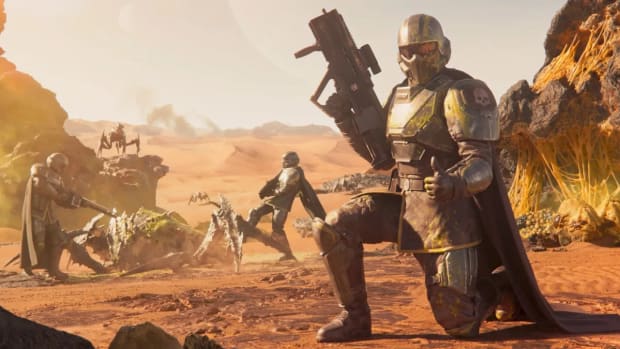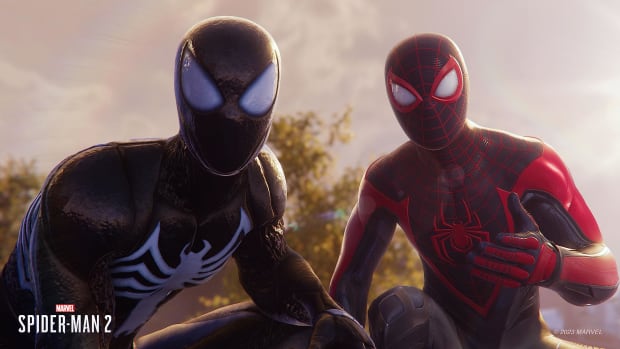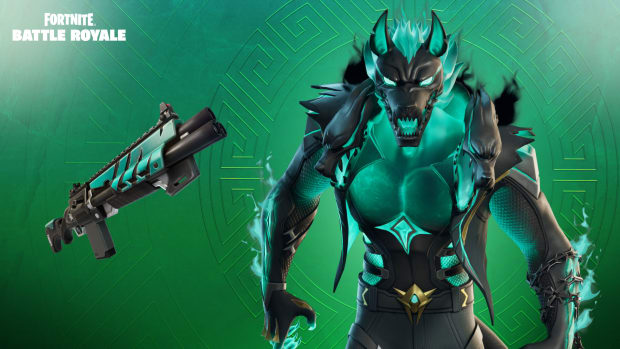
Overwatch 2 Story Missions: Are They Worth It?

Earlier this year, Overwatch 2 fans had to weather a gut punch of disappointment when developers announced that the game’s extensive PvE Story Mode would be pared down to its barest bones. The lure of a dedicated, replayable story experience previously served as a North Star for those disillusioned with the game; predictably, fans were incredibly displeased with the announcement.
Much like a few of Overwatch’s finest agents, though, PvE isn’t quite as dead as previously expected. The three Story Missions launching alongside the game’s sixth season on Aug. 10 are a far cry from the expansive, RPG-tinged PvE experience that developers once promised, but they serve an important purpose in furthering a canon storyline that hasn’t seen much movement in nearly seven years.
Heading into this season, the biggest question on most players’ minds is whether the Story Missions are worth additional time and money.
Accessing the missions requires the purchase of the Invasion Bundle (at $15 USD) or a more expensive Ultimate bundle if you need more bells and whistles. Both bundles include 1000 Overwatch 2 coins–enough for the Season Six battle pass–so dedicated players will only be forking over another $5 USD to enjoy the PvE missions if they purchase the Invasion Bundle.
Is there enough content in these missions to justify that price point? Absolutely. But the designation of worthiness will depend on what a player is looking to gain from the experience.
We participated in extensive playtesting of the three Story Missions, so if you’re looking to get a sneak peek before pulling out the credit card, we have you covered. No major story spoilers will be included, but the presence of big twists may be hinted at.
Resistance (Rio de Janeiro)
It feels almost poetic that the Story Mission experience kicks off with a romp through Rio de Janeiro. This first mission is an updated version of the original PvE demo first unveiled at BlizzCon 2019, which follows global music superstar and part-time hero Lúcio as he fights to protect his hometown from Null Sector. Just when things get ugly, Tracer and the newest members of Winston’s rebuilt Overwatch squad show up to help Lúcio save the day.
At BlizzCon five years ago, the Rio mission served as a way to show off talent trees and the more RPG-esque elements of Overwatch 2’s PvE future. Even though those features have been culled, Rio doesn’t seem to feel any less awe-inspiring than it did in 2019.
If the “Resistance” mission can be described in one word, it’s “big.” A tiny team of two damage dealers, one healer, and one tank is sent directly into a massive airship to complete the impossible and stop Null Sector’s impending attack on Rio. Everything feels looming and vaguely terrifying and that existential dread is only broken up by banter between heroes.
Unfortunately, this mission is saddled with the required duty of introducing some of Null Sector’s lesser (and more irritating) threats and obliquely explaining why Overwatch matters at all. It has to get players accustomed to the flow and style of Story Missions while slamming lore into players’ heads to get them caught up. It isn’t a pretty job, but some mission has to do it.
Of the three, Rio’s gameplay felt the least spectacular; however, the boss fights and little tweaks developers added make the mission feel wildly different than it did in 2019. This isn’t so much a reskinned version of an already-complete PvE experience as it is a new route with an old feel.
Every Story Mission opens and closes with a cinematic. Rio’s opener is the same as it was five years ago, but the closing cinematic makes the entire mission worth the effort while also setting up the next part in the narrative.
Liberation (Toronto)
The second mission in the set focuses on Sojourn–Overwatch 2’s cover hero when she launched last year–as she tries to save civilians during a Null Sector onslaught in her hometown of Toronto. Everything Sojourn touches instantly feels more badass and “Liberation” is no exception, but it isn’t as engaging as its core hero.
Let’s start with the bad news about “Liberation.” Some of the most irritating Null Sector mobs from Overwatch: Archives missions are back in full force, like ankle-biting Splicers, which absolutely no one ever asked for. Much of the gameplay focuses on a glorified escort mission that includes one fantastic NPC and one that we’d throw to Null Sector in a heartbeat. In addition, the end of the mission feels depressingly anticlimactic; our heroes run to a waiting airship, leaving us aching for a big, bad, brutal boss fight.
That said, whatever the gameplay lacked was made up for with immaculate storytelling. Banter between characters has never been better and the Story Missions finally find their narrative footing in Toronto, where it’s revealed just how far Ramattra is willing to go to achieve Null Sector’s goals–or his own.
No spoilers, but there’s a moment in the middle of “Liberation” that’s so viscerally disturbing that it made us briefly question if Overwatch 2 had made the swerve into R-rated horror territory. The moment is handled so well and feels so tense that it makes the otherwise lackluster mission worth playing ten times in a row.
Ironclad (Gothenburg)
Keeping with the theme of defending homelands, the third mission takes us to Gothenburg, home to Torbjӧrn and his impressive workshop. The starting cinematic is equal parts adorable and entertaining while serving as a great swerve into the mission’s gameplay. Gothenburg has the most restricted hero roster–there are only four heroes available in contrast to the six or more of other missions–but it makes sense within the lore and leads to the most cohesive gameplay of the set.
Once you see the hero roster, you’ll understand why the banter in Gothenburg is the most entertaining of all the missions. Though the threat to Torbjӧrn and his homeland is both apocalyptic and imminent, the roster keeps things light and glides through with the confidence the new Overwatch squad needs to succeed. The series’ second gasp-worthy moment also happens in this mission, which is handled better than expected.
Gothenburg’s gameplay loop is also much more intuitive than Toronto’s; a good portion of the mission is simply a much more entertaining Escort map. Everything seems a bit too straightforward until the final fight, which we found to be the most difficult part of the entire Story Mission set. It’s frustrating but rewarding in the way a big boss fight should feel.
Grinders will likely hate having to run this mission over and over again, however. There are multiple moments of downtime that make Gothenburg drag until the final fight, which is difficult on Hard and felt impossible on Expert. Legendary may actually be an accurate description for the level of mental fortitude it will take to conquer “Ironclad” on its hardest setting.
Ending cinematic
“Ironclad” has its own decent story cap, but the three-mission Invasion arc ends with an extensive and fantastic final cinematic. Without giving spoilers about the content or characters contained within, this cinematic alone is worth grinding through the missions and forking over the price of a latte. It scratches an itch the Overwatch community has had for a long time while also providing a juicy cliffhanger that likely sets up the next set of PvE missions.
Are the Story Missions worth it?
Overwatch 2’s first attempt at an achievable, minimal PvE experience provides enough content to justify its minor price tag. Whether you’ll find the missions satisfying depends entirely on how you look at the game and what features keep you coming back for more.
If you’ve ever cared about Overwatch’s overarching story or lore, the Story Missions are well worth the dollars tacked onto your battle pass. Not only is this the first extensive canon addition in the game’s lifetime, the content and lore building packed within these missions are astoundingly good. Character interactions keep you entertained the entire time and with different hero compositions come different reactions, banter, and lore snippets.
Story Missions are incredibly fun when played with a stack of friends or other players, especially if they’re experiencing everything for the first time; it feels less like a video game and more like being part of a miniseries episode.
Though these missions deliver in the storytelling arena and will likely feel “worth it” for most players, they admittedly aren’t for everyone. If you’re a hardcore devotee of Overwatch 2’s PvP side looking for a gaming experience that will last sixty hours you’d otherwise spend self-flagellating in Competitive mode, this isn’t it. Completionists or masochists might enjoy grinding every difficulty mode, but the content is nowhere near infinitely replayable.
This isn’t the PvE experience initially promised by developers and for some players, nothing we get will ever be enough. Those players are far better off saving their money instead of hate-playing a mode that wasn’t made for them.
The Story Missions feel as though they’ve been created by people who want to further Overwatch’s narrative and give dedicated players something shiny and fun to do. At the end of the day, fun is the goal. If nothing else, the Story Missions are far more entertaining than other parts of Overwatch 2 and are well worth the minimal expense.








